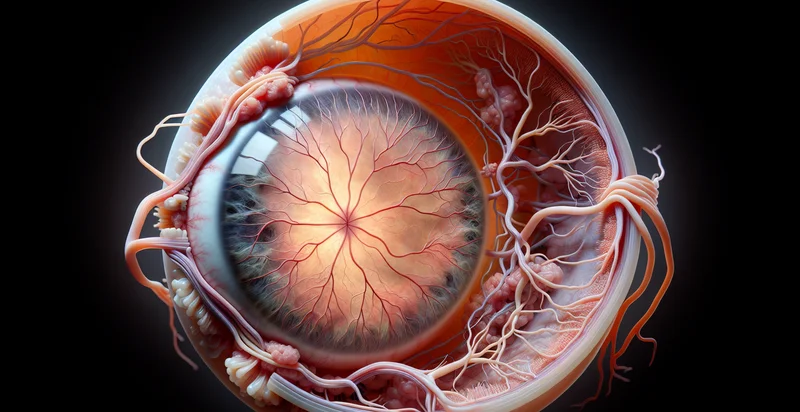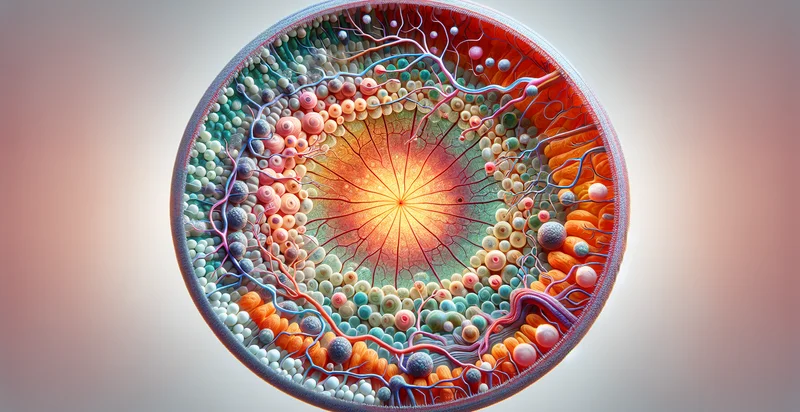Identify retinal health
using AI
Below is a free classifier to identify retinal health. Just upload your image, and our AI will predict the health status of various retinal conditions - in just seconds.

Contact us for API access
Or, use Nyckel to build highly-accurate custom classifiers in just minutes. No PhD required.
Get started
import nyckel
credentials = nyckel.Credentials("YOUR_CLIENT_ID", "YOUR_CLIENT_SECRET")
nyckel.invoke("retinal-health", "your_image_url", credentials)
fetch('https://www.nyckel.com/v1/functions/retinal-health/invoke', {
method: 'POST',
headers: {
'Authorization': 'Bearer ' + 'YOUR_BEARER_TOKEN',
'Content-Type': 'application/json',
},
body: JSON.stringify(
{"data": "your_image_url"}
)
})
.then(response => response.json())
.then(data => console.log(data));
curl -X POST \
-H "Content-Type: application/json" \
-H "Authorization: Bearer YOUR_BEARER_TOKEN" \
-d '{"data": "your_image_url"}' \
https://www.nyckel.com/v1/functions/retinal-health/invoke
How this classifier works
To start, upload your image. Our AI tool will then predict the health status of various retinal conditions.
This pretrained image model uses a Nyckel-created dataset and has 16 labels, including Atrophy, Detached, Diabetic Retinopathy, Diseased, Healthy, Hemorrhage, Inflammation, Macular Degeneration, Mildly Damaged and Moderately Damaged.
We'll also show a confidence score (the higher the number, the more confident the AI model is around the health status of various retinal conditions).
Whether you're just curious or building retinal health detection into your application, we hope our classifier proves helpful.
Related Classifiers
Need to identify retinal health at scale?
Get API or Zapier access to this classifier for free. It's perfect for:
- Early Disease Detection: The false image classification function can be utilized in ophthalmology clinics to identify early signs of retinal diseases such as diabetic retinopathy and age-related macular degeneration. By automating the classification process, healthcare professionals can detect abnormalities earlier, leading to timely intervention and better patient outcomes.
- Telemedicine Integration: This function can enhance telemedicine platforms by enabling remote screening of retinal images. Patients can upload their retinal scans, and the classification system can provide preliminary assessment results, allowing healthcare providers to focus on critical cases efficiently.
- Clinical Research: Researchers can leverage the false image classification function to distinguish between healthy and diseased retinal images in large datasets. This can facilitate the development of new treatments and therapies by enabling a better understanding of retinal diseases and their progression.
- Insurance Claim Assessment: Insurance companies can use the function to validate claims related to retinal health examinations. By accurately classifying retinal images, insurers can ensure that claims are legitimate and reduce instances of fraud, ultimately saving costs.
- Patient Education Tools: The false classification function can be integrated into patient education platforms to help individuals understand their retinal health better. By providing clear classifications and accompanying explanations, patients can be more informed about their eye health and the need for regular check-ups.
- Mobile Health Applications: This technology can be embedded in mobile health apps, allowing users to take and submit retinal images for instant analysis. Users can receive feedback on their retinal health status, promoting proactive monitoring and reducing the burden on healthcare facilities.
- Training and Development: Medical training institutions can use the classification function as a teaching tool for students learning about retinal diseases. By providing a platform for students to analyze and classify images, educators can enhance hands-on learning experiences and better prepare future ophthalmologists.


